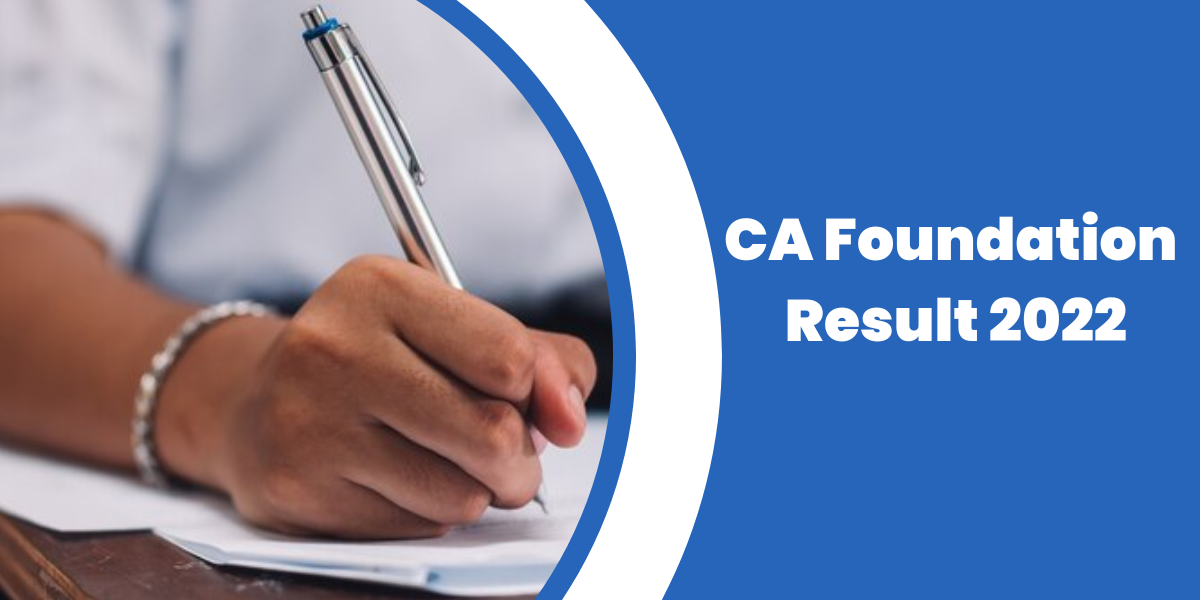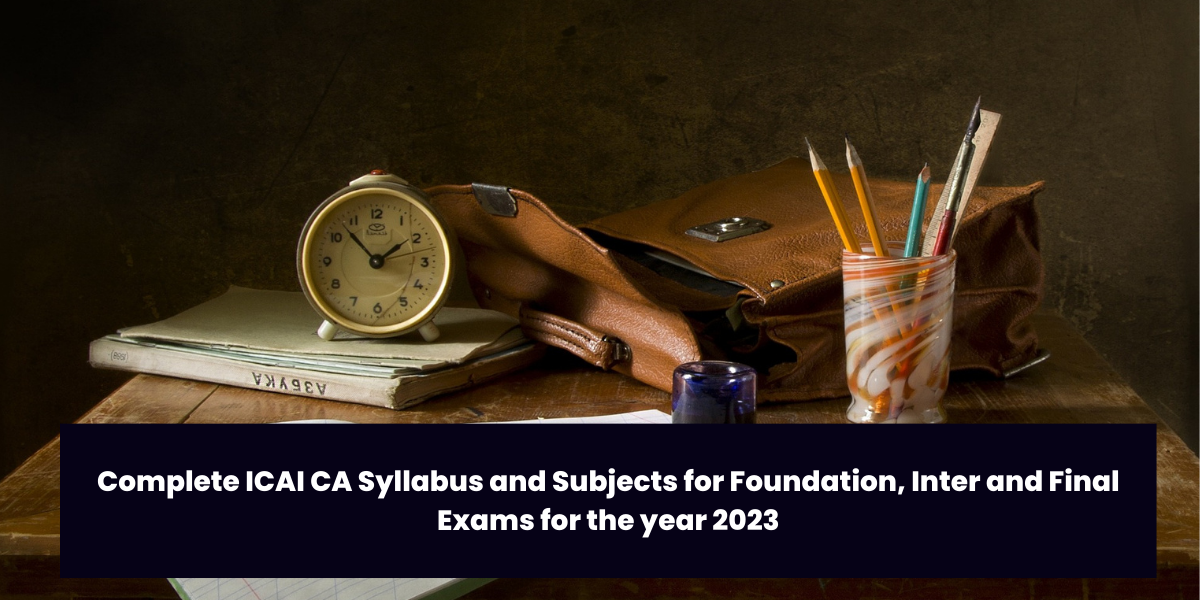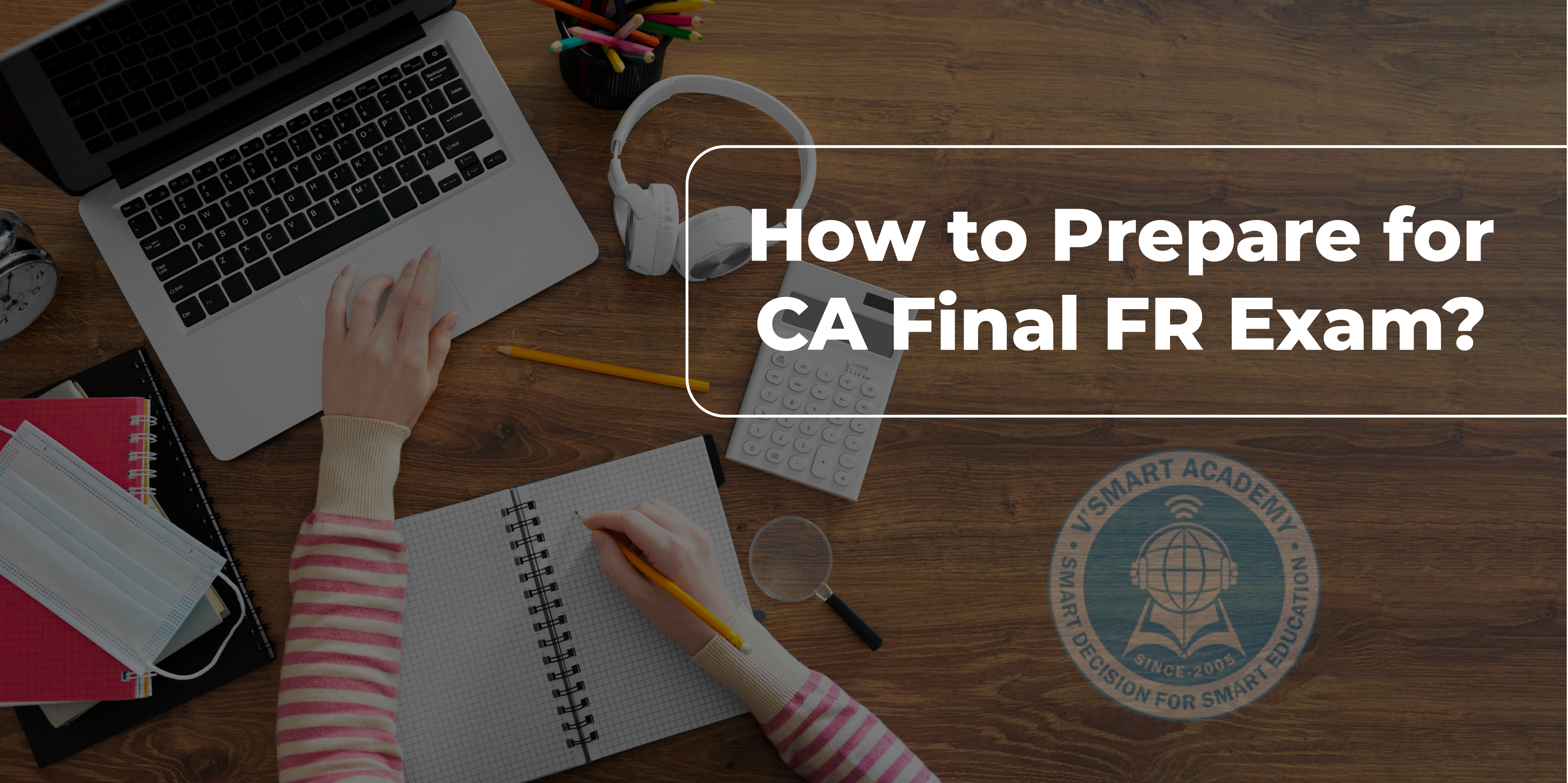ICAI CA Final Result May 2024: Achieve Your CA Dreams with Vsmart Academy
Introduction
At Vsmart Academy, we understand the dedication and hard work required to become a Chartered Accountant. Our mission is to support and guide students through every step of their CA journey. With the results of the Chartered Accountants Final Examinations held in May 2024 soon to be declared, it’s an exciting time for aspiring CAs. In this comprehensive blog, we’ll provide you with all the essential information about the CA Final Result for May 2024 and highlight how Vsmart Academy can help you achieve your CA dreams.
CA Final Result for May 2024
The CA Final and Intermediate results for May 2024 are highly anticipated, marking a significant milestone in the careers of countless aspiring Chartered Accountants. Whether you’re awaiting your results or planning to embark on your CA journey, Vsmart Academy is here to support you with top-notch resources and expert guidance.
Date and Time of CA Final May Result 2024
The Institute of Chartered Accountants of India (ICAI) is expected to declare the CA Final Result for May 2024 on 11th July 2024 at 11:00 AM. Stay tuned to the official ICAI website (icai.nic.in) for the latest updates.
Steps to Download CA Final May Result 2024
Accessing your CA Final and Intermediate results is straightforward. Follow these simple steps:
- Visit the ICAI official website: icai.nic.in.
- Click on the “Results” section.
- Select “Final (New)” or “Intermediate” as applicable.
- Enter your ICAI Final Roll number, Registration number, or PIN.
- Click on “Check Result.”
- Your result will be displayed in a new window. Save and print it for future reference.
Details Mentioned on the CA Final May Result 2024
Your CA Final and Intermediate results will include the following details:
- Your Name
- Registration Number
- Roll Number
- Result Status (Pass/Fail)
- Marks Obtained in Each Group
- Total Marks
- Rank (if applicable)
- Overall Percentage
Verification of Results
If you have any doubts about your result, you can apply for verification of marks. The ICAI allows candidates to request verification within one month of the result declaration. The verification process usually takes 6-8 weeks. If any changes are made, a revised statement of marks will be sent to your registered address.
Next Steps for CA Inter Pass Outs
Congratulations to those who have cleared the CA Intermediate exams! Your journey is far from over, and Vsmart Academy is here to help you prepare for the next phase. Our expert faculty, comprehensive study materials, and mock tests will ensure you’re well-prepared for the CA Final exams.
Next Steps for CA Final Pass Outs
Clearing the CA Final exams is a monumental achievement. Here are some steps you can take next:
- Apply for ICAI Membership: Become a certified Chartered Accountant.
- Advanced Certifications: Pursue courses like CISA, CFA, or CPA.
- Gain Practical Experience: Join accounting firms or organizations for hands-on experience.
- Specialize: Focus on areas like taxation, audit, finance, or consulting.
- Further Education: Consider an MBA or specialized courses.
- Entrepreneurship: Start your independent practice.
- Networking: Attend professional development events and conferences.
- Teaching and Academia: Explore opportunities in education.
How to Check ICAI Final Result May 2024 by SMS?
To get your CA Final result via SMS, follow these steps:
- Create a new message.
- Type: CAFINALNEW(space)XXXXXX (where XXXXXX is your 6-digit final examination roll number).
- Send the message to 57575.
Pass Percentage and Toppers
The pass percentage and toppers list for the CA Final Result for May 2024 exams will be released along with the results. Here’s a quick overview of the pass percentage for previous exams:
| Group | Appeared | Passed | Pass Percentage |
| Group 1 | 57,067 | 6,795 | 11.91% |
| Group 2 | 61,844 | 19,438 | 31.43% |
| Both Groups | 25,841 | 2,152 | 8.33% |
Conclusion
At Vsmart Academy, we are committed to providing the best education and guidance for CA aspirants. With our expert faculty, comprehensive study materials, and personalized support, we ensure that our students are well-prepared to excel in their exams and beyond. As you await your CA Final Result for May 2024, remember that Vsmart Academy is here to help you achieve your professional goals. Join us today and take the first step towards a successful career as a Chartered Accountant.










